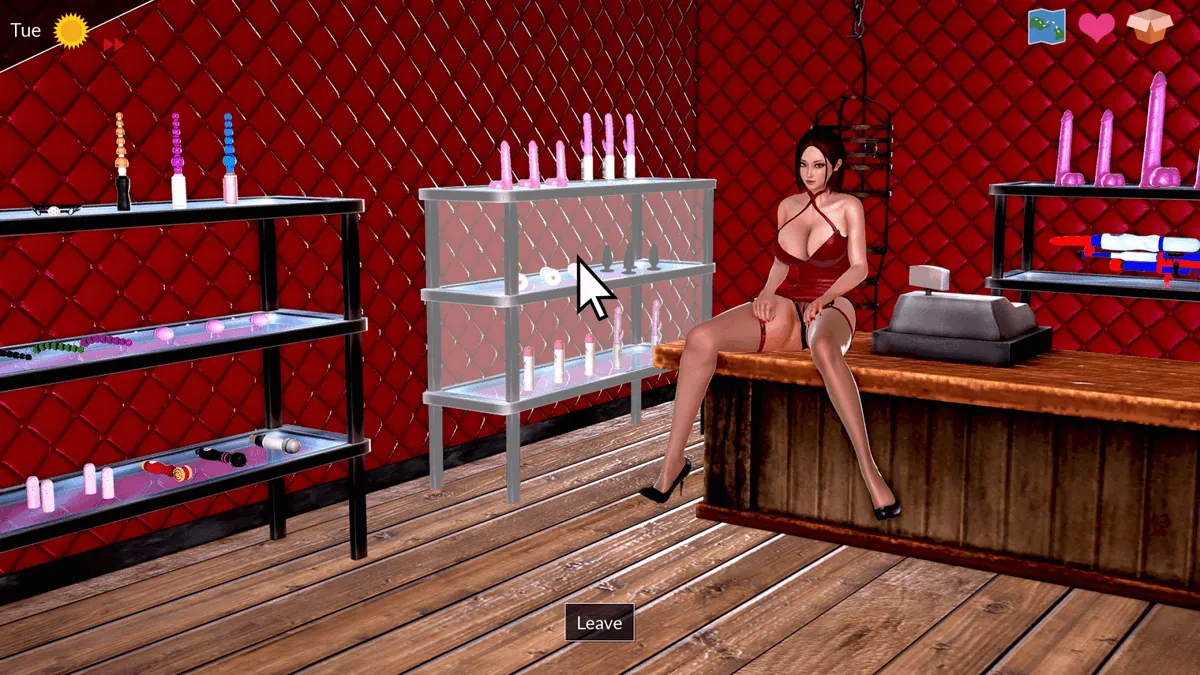
Something to Write About: The Author
Play Something to Write About: The Author
Something to Write About: The Author review
Exploring the Features and Experience of Something to Write About: The Author
Something to Write About: The Author is a distinctive interactive experience that combines storytelling elements with immersive gameplay. This article delves into the core aspects of the game, highlighting what makes it stand out and how players can get the most out of their time with it. Whether you’re curious about the game’s mechanics or looking for insights on its creative design, this overview will guide you through everything you need to know about Something to Write About: The Author.
Understanding Something to Write About: The Author Gameplay
Ever found yourself staring at a blank page, the cursor blinking mockingly, as your brilliant novel idea remains trapped in your head? ✍️ That was me, every single day. I loved stories but hated the pressure of building a world from nothing. Then I discovered Something to Write About: The Author, and it completely flipped the script on my creative process. This isn’t just a game; it’s a creative partner, a muse in digital form that guides you through crafting compelling narratives.
The core of the Something to Write About: The Author gameplay is its ability to make you feel like a real author, making tough calls and reaping the consequences, all within a supportive and imaginative framework. 🎮 It masterfully blends the structure of a game with the freedom of creative writing.
What is Something to Write About: The Author?
At its heart, Something to Write About: The Author is a brilliant interactive storytelling game that puts you in the driver’s seat of your own literary destiny. 🧭 You aren’t just playing a pre-written character; you are the author, making pivotal decisions that shape your characters’ personalities, relationships, and the entire plot of the book you’re writing within the game.
Your main objective is to navigate the life of an aspiring writer, balancing your creative ambitions with daily life. You’ll be presented with scenarios, conversations, and creative dilemmas. Each choice you make influences your story’s direction, your character’s traits (are you a disciplined plotter or a free-flowing pantser?), and ultimately, the success of your manuscript. It’s a deeply personal and reflective experience disguised as a super fun narrative choices game.
I remember one session where I had to decide whether my in-game character should accept a distracting social invitation or stay in to hit a writing deadline. I chose to go out, and the game didn’t just give me a simple “–5 Focus” notification. Instead, the experience fueled a spontaneous conversation that later became a pivotal scene in my novel! It perfectly captures how life and art intertwine.
Key Features and Mechanics
The magic of this title lies in its intricate design. The game mechanics Something to Write About employs are both intuitive and deeply impactful. Let’s break down what makes it tick:
- Meaningful Narrative Choices: Every decision carries weight. A simple dialogue option can alter a character’s arc or open up an entirely new subplot. This is the essence of a top-tier narrative choices game.
- Deep Character Interaction Something to Write About: You don’t just manage a stat sheet. You build relationships with a cast of characters, each with their own dreams, insecurities, and personalities. Your interactions with them feel genuine and directly feed inspiration into your work.
- Stat & Trait System: Your author avatar has core stats like Focus, Creativity, and Social. Managing these is key to progressing. Will you spend your energy on research (boosting Creativity) or on networking (boosting Social)?
- The “Writing” Minigame: This is the brilliant core. You’re often presented with snippets of your novel-in-progress and given multiple options on how to proceed. Do you write a action-packed chase scene or a tender moment of reconciliation? You’re literally writing your book piece by piece through these choices.
- Customization & Progression: As you succeed, you unlock new genres to write in, new traits for your author, and deeper story branches, making every playthrough unique.
To give you a clearer picture, here’s a breakdown of these core mechanics:
| Feature | Description | Impact on Gameplay |
|---|---|---|
| Narrative Decision Trees | Choices that branch the story in significant, often unexpected, directions. | Creates high replayability and personalizes each player’s story. |
| Relationship Dynamics | Interacting with characters builds affinity, unlocking new dialogues and opportunities. | Your social circle becomes a source of both conflict and inspiration for your book. |
| Resource Management | Balancing your time and energy between writing, research, and your personal life. | Simulates the real-life challenges of a writer, making victories feel earned. |
| Genre Selection | Choosing to write a romance, mystery, fantasy, or other genre for your project. | Tailors the writing prompts and challenges to fit your chosen style. |
How to Navigate and Engage with the Game
Figuring out how to play Something to Write About is a breeze. The interface is clean and literary-themed, often resembling a cozy writing desk or a notebook. 📖 Your current manuscript, character relationships, and personal stats are always easily accessible from the main screen. The game flow is simple: you’re presented with a scenario (via text and often lovely accompanying art), you choose your response from a list of options, and you watch the story unfold.
To truly excel and get the most out of your experience, here are my top engagement tips Something to Write About:
Don’t meta-game! Play as you truly would. The most rewarding stories come from making choices that feel authentic to you, not just what you think will “win.” 🏆
- Explore All Options: If you’re stuck, literally click on everything. Talk to every character. Examine every object in a scene. You never know where your next burst of inspiration will come from.
- Embrace Failure: A writing session that goes poorly or a negative review in-game isn’t a loss; it’s a story beat. These moments often lead to the most character growth and interesting plot twists later on.
- Role-Play Your Author: Decide who your author is at the start. Are they a hopeless romantic, a cynical noir writer, or an optimistic fantasy lover? Let that personality guide your choices for a cohesive and satisfying narrative arc.
The Something to Write About: The Author gameplay loop is incredibly addictive in the best way possible. You’ll constantly think, “Just one more chapter,” as you become deeply invested in the world you’re building both on and off the page. It’s a masterclass in character interaction Something to Write About, proving that the relationships we forge are just as important as the words we write.
Something to Write About: The Author offers a unique blend of interactive storytelling and engaging gameplay that captivates players looking for a creative and immersive experience. By understanding its features and how to navigate the game, players can fully enjoy the narrative depth and interactive elements it provides. Dive in and explore the world of Something to Write About: The Author to discover your own story within the game.










